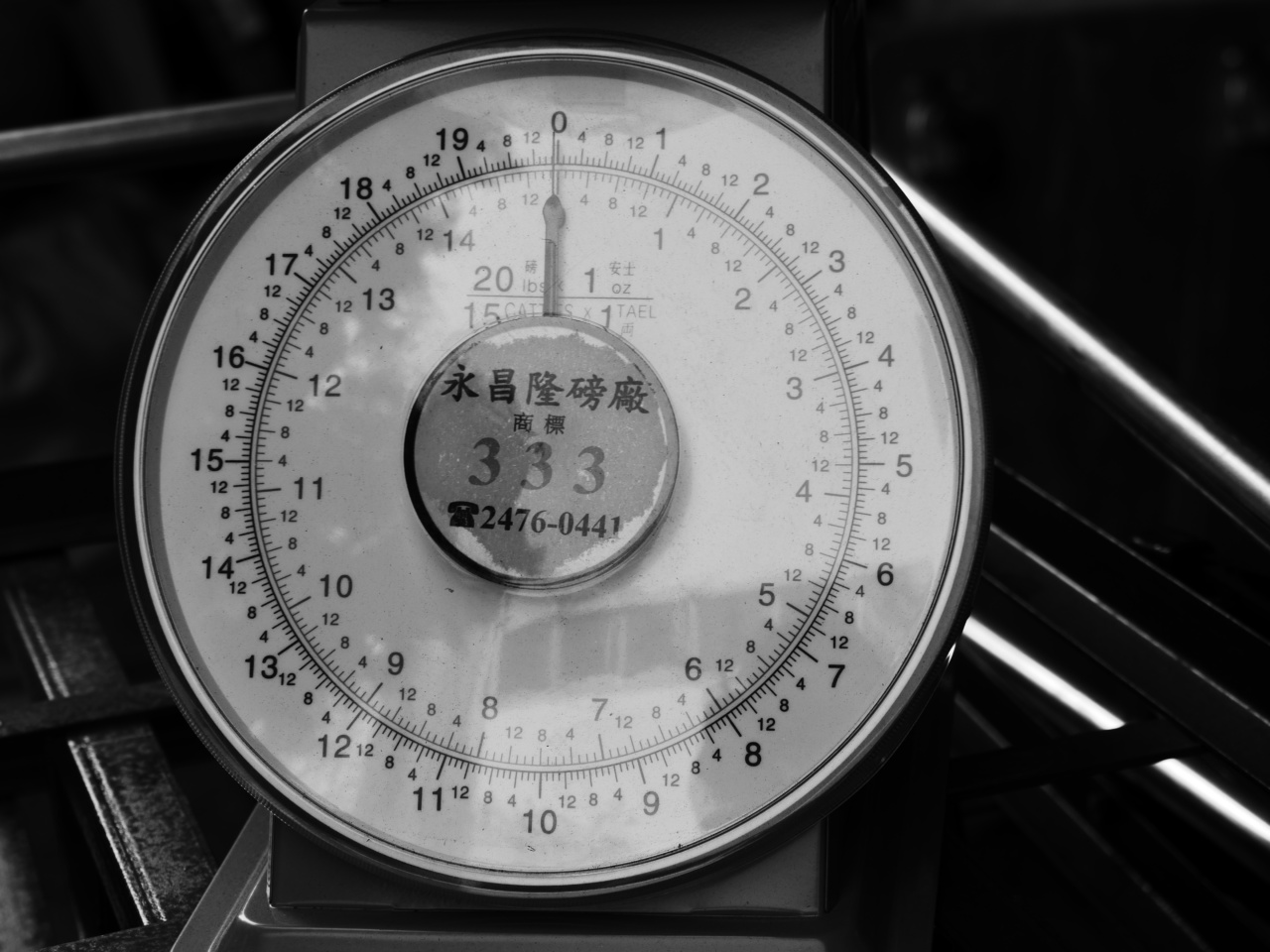Pressure is an integral part of our lives, influencing our decisions, performance, and overall well-being. Whether it is pressure at work, in relationships, or in our daily routines, we constantly experience the effects of this force.
However, not all pressure is created equal. Some pressures can significantly impact our lives, while others may be relatively insignificant. In this article, we will explore the concept of significant vs. insignificant pressure, decoding the numbers behind these different forms of pressure.
The Impact of Significant Pressure
Significant pressure refers to the kind of pressure that has a profound impact on our lives and requires immediate attention. It is the type of pressure that can make or break a situation or challenge us to overcome hurdles.
Significant pressure can come in various forms, such as professional deadlines, crucial decisions, or life-altering events. These periods of intense pressure often test our capabilities and resilience, pushing us beyond our comfort zones.
One example of significant pressure is the demanding environment of high-stakes exams. Students preparing for entrance exams or important certifications are often under immense pressure to perform well.
The weight of expectations from themselves, their families, or society adds to this pressure. This can lead to increased stress levels, sleepless nights, and anxiety. The outcome of these exams can have lasting implications on their future endeavors, making the pressure to excel even higher.
Similarly, individuals working in high-pressure jobs, such as emergency responders or surgeons, face significant pressure on a daily basis. Their ability to handle critical situations with precision and composure can be a matter of life and death.
The intense pressure to make split-second decisions and perform flawlessly adds a unique layer of stress to their already demanding roles.
The Nature of Insignificant Pressure
On the other hand, insignificant pressure refers to the kind of pressure that may be present in our lives but holds minimal consequences or significance. These pressures may arise from trivial matters, minor inconveniences, or self-imposed expectations.
While they may cause temporary discomfort or frustration, the long-term implications are negligible.
For instance, the pressure of meeting a self-imposed deadline for a personal project without any external consequences is considered insignificant.
While it may feel important to the individual, the consequences of missing the deadline are often minimal, and the pressure is self-imposed rather than externally binding.
Another example of insignificant pressure is the pressure to conform to societal beauty standards. The media and social norms often impose unrealistic expectations on individuals, creating pressure to look a certain way.
However, the true impact of this pressure is subjective and varies from person to person. While it may lead to short-term insecurities or concerns, it does not carry significant consequences in the larger scheme of life.
Decoding the Numbers Behind Pressure
Pressure is often quantified using various numbers and metrics to analyze its impact and assess its significance.
While these numbers provide a glimpse into the intensity of pressure, they are not always indicative of the overall effect on individuals or situations.
One commonly used metric to gauge pressure is the stress level. Stress is evaluated using scales, such as the Perceived Stress Scale (PSS), which measure an individual’s perception of stress in various aspects of their lives.
However, stress levels alone do not determine the significance of pressure, as individuals may have different thresholds and coping mechanisms.
Another numerical indicator is the time constraint. Time pressures, such as deadlines or limited time frames, can significantly impact the way we approach and handle tasks.
However, the importance or consequences of these time constraints determine whether the pressure is significant or insignificant. A tight deadline for a life-saving surgery is significantly more crucial than a deadline for writing a blog post, even though both involve time pressures.
Other numerical indicators of pressure include performance metrics, such as success rates, accuracy percentages, or ratings. These numbers often reflect the outcome or quality of our actions under pressure.
While they provide an objective evaluation, they do not always capture the subjective experience of pressure or its long-term implications.
Factors Influencing the Perception of Pressure
The perception and interpretation of pressure vary from person to person due to several factors. These factors shape our experience and determine the significance we attribute to different pressures. Some key factors include:.
1. Past experiences: Previous encounters with similar pressures can influence how we perceive and react to new instances of pressure.
If we have successfully handled significant pressure before, we may feel more confident and capable of dealing with similar situations.
2. Individual resilience: The ability to bounce back from pressure and maintain emotional well-being plays a crucial role in determining the significance of pressure.
Individuals with higher resilience are more likely to perceive pressure as manageable, regardless of its intensity.
3. Personal values and priorities: Our personal values, aspirations, and priorities shape our perception of pressure.
What may be significant pressure for one person might be seen as insignificant to another, based on their unique values and goals.
4. Support systems: The presence of reliable support systems, such as friends, family, or mentors, can alleviate the perceived significance of pressure.
Having a network of individuals who provide guidance or emotional support can change our perception of the pressure we face.
Managing Significant and Insignificant Pressure
Both significant and insignificant pressures are a part of life, and it is crucial to manage them effectively to maintain a healthy balance. Here are some strategies for managing pressure:.
1. Prioritize and delegate
Identify the tasks or pressures that truly require immediate attention and prioritize them accordingly. Delegate tasks whenever possible to lessen the burden and create more time for crucial responsibilities.
2. Develop coping mechanisms
Find healthy coping mechanisms to deal with pressure, such as exercise, meditation, or engaging in hobbies. These practices help manage stress levels and promote overall well-being.
3. Seek support
Reach out to your support system when facing significant pressure. Talk to friends, family, or mentors who can provide guidance and emotional support during challenging times.
4. Set realistic expectations
Avoid setting unrealistic expectations for yourself or others. Recognize your limitations and acknowledge that perfection is not always attainable. Setting realistic goals helps relieve unnecessary pressure.
5. Practice self-care
Take regular breaks and prioritize self-care activities to rejuvenate your mind and body. Engage in activities that bring you joy and help reduce stress levels.
Conclusion
Pressure is a constant force in our lives, shaping our decisions, actions, and overall well-being. Differentiating between significant and insignificant pressure is essential to navigate these experiences effectively.
While significant pressure requires immediate attention and has long-lasting consequences, insignificant pressure often arises from trivial matters or self-imposed expectations. Understanding the numerical indicators and factors influencing the perception of pressure allows us to manage it more effectively and maintain a healthy balance in our lives.































